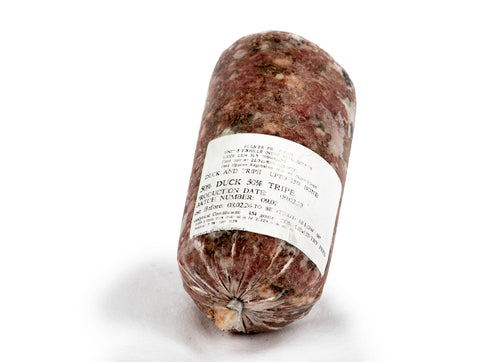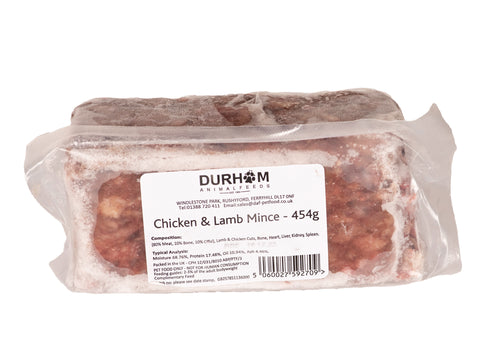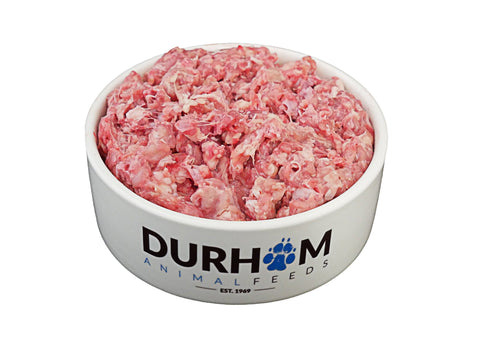Goldfish

Introduction
Goldfish are perhaps the most widely recognised aquarium and pond fish and have been kept by humans for many centuries.
They were first kept in bowls in China in the third century and imported into Europe in the 1700s.
Goldfish can be found in many shapes and colour variations, including the Sarasa comet and Shubunkin, and colours, including red, blue, yellow, black, white and orange.
Water requirements
Maintenance
Feeding
Water requirements
Stocking levels
Aquarium requirements
Goldfish are an adaptable species and can tolerate a wide range of environmental conditions. It is suggested that you maintain the water quality water within the following guideline values:
Temperature: between 4-25C
pH: 6.0-8.0
Ammonia: 0mg/l (0.02mg/l may be tolerated for short
periods)
Nitrite: 0mg/l (0.2mg/l may be tolerated for short
periods)
Hardness: Moderately soft-moderately hard (5-19dH)
Biology
Carassius auratus is the scientific name for the goldfish which is a relative of the carp. They are members of the Cyprinidae family.
Goldfish have reportedly grown to sizes of 40cm+, although in an aquarium, a maximum size of up to 25cm is more common.
Goldfish can live for many years in an aquarium with good water quality. There are many reports of fish living 6-8 years and even up to 20 years or more.
The colour of goldfish is determined by pigmentation cells in their skin known as chromatophores. The colour produced depends upon the amount and type of chromatophore present.
Chromatophores respond to light and the colour of your goldfish may change over time depending upon the lighting conditions. Juvenile goldfish lose dark pigmentation as they age and become brighter, and old fish may lose colouration altogether.
Goldfish can be sexed during the breeding season. Males develop tubercles (white spots) on their gill covers and pectoral fins. Females have deeper bodies compared to males.
Aquarium requirements
If purchasing a small aquarium for small goldfish, be prepared to upgrade the aquarium as they grow. Whilst keeping goldfish in smaller aquaria is possible, remember that the bigger the aquarium, the more stable the environmental conditions such as temperature and water quality. Whatever the size, a filter is always essential.
The tank should also have gravel and ideally live plants present.
The plants are a food source and the addition of oxygenators is beneficial. If live plants are not used, then the addition of plastic plants and ornaments is recommended which supplies the fish with shelter.
A heater is not required for goldfish unless they are kept in a very cold room. Although goldfish are coldwater fish, they do not tolerate fluctuations in their water temperature which can cause stress and lead to disease. Thus, their aquarium should not be situated near any draughts or heat sources.
Lighting is recommended. If no lighting is added to the tank, then ensure the room is bright enough.
Water testing kits are essential as goldfish can be very dirty, which can increase levels of ammonia and nitrite. Water should be checked on a regular basis to ensure it does not slip below the standards mentioned previously.
Maintenance
At least once every two weeks, a partial water change of 25 to 30% is strongly recommended (a siphon device is useful to remove waste from the gravel). The water should be tested regularly to ensure that pollutants such as ammonia and nitrites donít build up. Ensure that you either allow the replacement water to stand or aerate it to
remove any chlorine present. Ideally, treat all replacement water with tap water conditioner before adding to the aquarium.
Filters should be checked for clogging and blockages. If the filter needs cleaning, then do not run it under the tap as any chlorine present may kill the beneficial bacterial population that has established in the media. Instead, it can be rinsed in the tank water which is removed during a partial water change as this reduces the amount of bacteria which are lost.
Good husbandry is essential as these fish can be stressed by even the smallest amounts of ammonia and nitrite. Test the water to monitor the ammonia, nitrite and nitrate levels every week, especially during initial set-up and after adding extra fish.
Feeding
Goldfish are opportunistic feeders in the wild and will take most food types. In the home aquarium, they should be fed with a good quality flake or pellet. Goldfish require more carbohydrates than other fish species therefore specialised goldfish food should be used. They are insatiable feeders and will constantly look for food. Try not to overfeed though as this can lead to a build-up of uneaten food which breaks down releasing toxic waste in the tank.
Goldfish should only be fed what they can eat within a few minutes one or two times a day. Remove any uneaten food to reduce waste build-up.
Stocking levels
Water quality problems will affect fish behaviour and can be shown by clamped fins, reduced feeding, erratic swimming and gasping at the surface. Immediately test the water if any of these symptoms are shown.
If in doubt ask your retailer for advice.
Compatibility
Goldfish can be kept by themselves or with others. It is not advised that comet goldfish are kept with fancy goldfish. This is because comets swim faster than the fancies and they often out-compete them for food. In some cases, there are reports of boisterous goldfish fin nipping the slower swimming fancy varieties.Goldfish can be successfully bred in large home aquariums. It is more likely to occur if males and females are kept in a ratio of 2:1 (males: females). Spawning can be induced by slowly raising the temperature (in effect, mimicking what happens in spring) to approximately 20C. It often occurs following a partial water change.
Males will chase the females in a courtship display. The fish will lay eggs in plants or a spawning mop which should be removed afterwards as goldfish are notorious for eating their eggs and fry.
If successful breeding has taken place, then the eggs will hatch within three days and dark-coloured fry should be seen swimming within a few days.
Checklist
Before purchase make sure that:
You have the appropriate equipment and position for the aquarium.
You have researched all the species you are interested in and your final choices are all compatible.
You are familiar with how to transport and release your fish.
You are aware of the daily, weekly and monthly maintenance your aquarium will require.
You are prepared to look after your fish properly for the duration of their life.
Equipment
Glass or plastic aquarium
Gravel cleaner
Water testing kit
Tap water conditioner
Gravel
Filter
Food
Before purchase make sure: The aquarium is of a suitable size & Water parameters are as advised.
Important things to remember
Always buy…
Test kits and regularly check the water for ammonia, nitrite, nitrate, and pH. This will allow you to make sure the water in your aquarium is not causing welfare problems for your fish.
Establish a routine…
for testing the water in your aquarium. Record your results to enable you to highlight fluctuations quickly. Also check the temperature of the water.
Maintain…
The water in the aquarium within the accepted parameters highlighted. You may need to do regular water changes to achieve this.
Always wash your hands…
making sure to rinse off all soap residues, before putting them into your aquarium. Wash your hands again afterwards and certainly before eating, drinking or smoking.
Never siphon by mouth…
A fish tank can harbour bacteria which can be harmful if swallowed. Buy a specially designed aquarium gravel cleaner which can be started without the need to place the siphon in your mouth.
Credit to OATA








